Nang Rung areca chopstick making village is nestled next to the train station, in Phuc Trach commune (Huong Khe district, Ha Tinh ). In the days leading up to the Lunar New Year 2025, households have to work hard to produce chopsticks in time to deliver to customers.
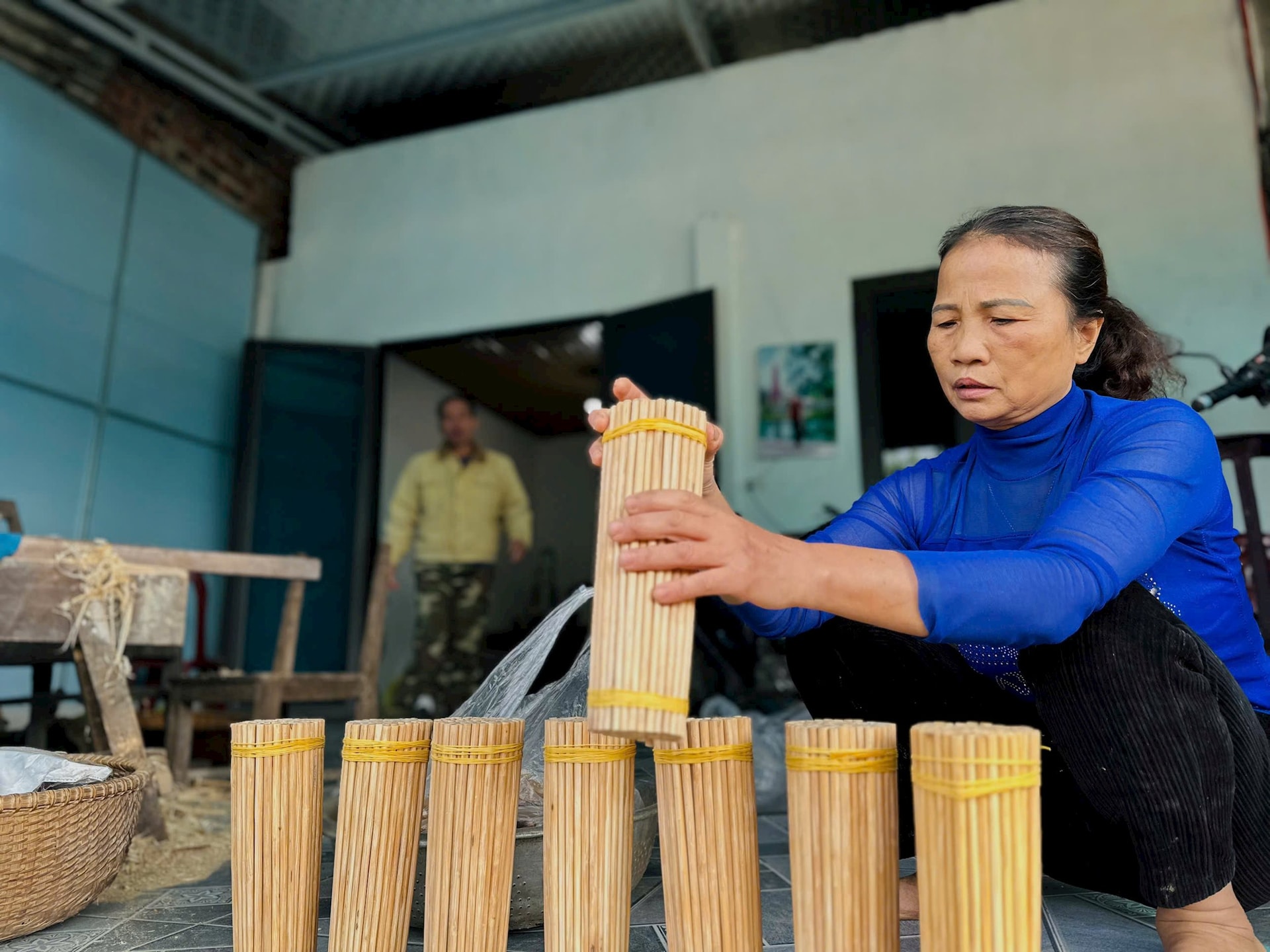
From the center of Huong Khe town, going southeast, following the railway, we arrived at village 1 (Phuc Trach commune). According to the locals, the "ancestors" of the Nang Rung areca chopstick making village are the couple Le Thi Thanh and Le Thanh Chien in village 1 (Phuc Trach commune). About 40 years ago, their family was poor, Mr. Chien and Mrs. Thanh worked in the fields and cut firewood but did not have enough to eat. In "difficulty is the mother of invention", he tried to cut down some Nang Rung areca trees in the deep forest to make chopsticks to sell, earning money to support their lives.
“Over time, seeing that the Nang Rung areca chopsticks made by Mrs. Thanh and Mr. Chien were good, durable, beautiful and not moldy, the whole village gathered together to make 10-20 pairs of chopsticks for each family to use during Tet. When there were extra chopsticks, many people liked them and asked to buy them, so they were sold as goods and became more and more popular,” said Mrs. Nguyen Thi Ha (village 1, Phuc Trach commune).
In the days leading up to Tet, the bungalow of Doan Vuong Hai (44 years old) and Nguyen Thi Thu (42 years old) next to the train station becomes more bustling when many people come to buy areca chopsticks. Mr. Hai and his wife have been making Nang Rung areca chopsticks for 24 years. Next to the self-designed plane, Mr. Hai meticulously holds up the roughly split Nang Rung areca trunks, quickly trimming off the excess to create a pair of round, sturdy chopsticks.
According to the people, the Nang Rung areca tree has a straight trunk, many eyes, and beautiful flowers when blooming, but the fruit is inedible. The tree usually grows in dense forests. Every time the worker goes into the forest to harvest, he stays for about a week, eats and sleeps in the forest hut, and only returns after completing the shipment. The wild areca tree is about 7m high, with a trunk diameter of 6-8cm.
The special thing is that the areca tree used to make chopsticks must be old, over 15 years old, to achieve the quality of hardness and flexibility. Now that the raw material is scarce, chopstick makers who cannot harvest it themselves have to buy it back at a fairly high price, from 100,000 to 120,000 VND/tree. Old areca trees used to make chopsticks are not moldy and have hardness and flexibility. If the tree is not old enough to make chopsticks, it is easy to break and mold, and the design is not beautiful. "After 24 years in the profession, my hands are now proficient, so the work is always favorable. As for the past, when I first started the profession, I used a knife to whittle the chopsticks, the design was not beautiful and it took much more time. Now my wife and I make over 400 pairs of chopsticks a day, working from dawn until night" - Mr. Hai said.
Next to Mr. Hai's house, Mrs. Nguyen Thi Lien's family (56 years old) has also been engaged in the Nang Rung chopstick-making business for nearly 30 years. She said that although it is a side job during the off-season, it provides a relatively stable income. During Tet, if one is diligent and has many orders, each person can earn over 10 million VND.
Ms. Lien said that the chopstick-making profession originated from poverty. Decades ago, the fields were barren, and rice cultivation was not enough to eat. Meanwhile, families in the village made beautiful chopsticks for their own use, and many people in the neighboring areas saw this and also ordered them. Thanks to that, the good news spread far and wide, orders increased and gradually became the main source of income for some households in the village. Special chopsticks cost 70,000 VND/10 pairs; and regular ones cost 20,000-50,000 VND/10 pairs.
According to the Chairman of the People's Committee of Phuc Trach Commune, Tran Quoc Khanh, at one point, there were over 20 households in Village 1 and Village 3 making Nang Rung areca chopsticks. In 2011, the households established the Nang Rung areca chopsticks Cooperative. To strengthen the brand of Nang Rung Phuc Trach areca chopsticks, the locality created favorable conditions for members in terms of capital, supporting 2-3 million VND to buy chopstick making tools; lending 30 million VND/household to maintain the profession, buying input materials for members with difficulties... The cooperative also aims to continue developing the brand, making packaging, labels and registering to be recognized as an OCOP product... However, due to the overexploitation of raw areca trees, some households had to stop making chopsticks.
Mr. Khanh said: The name Nang Rung areca has existed for a long time, some localities call it Nang Rung. Regarding the origin and meaning of this areca species, the locality does not know clearly because it is passed down by word of mouth from generation to generation. Areca grows naturally in remote areas. Previously, the village only cut them down to make chopsticks for home use, but now many customers from other provinces order them. During Tet, the demand for orders increases, so chopstick makers have to increase production.
According to Mr. Khanh, in recent years, due to the increasingly scarce material source for making chopsticks, local people have had to travel hundreds of kilometers into the forest to cut areca nuts to make them. There is a large market but less input materials, so people have had to take a break. In the commune, there are now only a few households producing Nang Rung areca chopsticks.
In the late afternoon of the year, the remaining chopstick makers at Phuc Trach train station are busy producing for Tet like the trains passing by. In order to prevent the traditional craft from disappearing, it is thought that people, localities, and authorities should research and propagate, grow areca trees on a large scale, and provide them to the chopstick-making village. On the other hand, households need to apply scientific and technological advances in chopstick production and apply digital transformation to expand the market...
Source: https://daidoanket.vn/mai-mot-nghe-vot-dua-cau-nang-rung-10298334.html






![[Photo] 60th Anniversary of the Founding of the Vietnam Association of Photographic Artists](/_next/image?url=https%3A%2F%2Fvphoto.vietnam.vn%2Fthumb%2F1200x675%2Fvietnam%2Fresource%2FIMAGE%2F2025%2F12%2F05%2F1764935864512_a1-bnd-0841-9740-jpg.webp&w=3840&q=75)
![[Photo] National Assembly Chairman Tran Thanh Man attends the VinFuture 2025 Award Ceremony](/_next/image?url=https%3A%2F%2Fvphoto.vietnam.vn%2Fthumb%2F1200x675%2Fvietnam%2Fresource%2FIMAGE%2F2025%2F12%2F05%2F1764951162416_2628509768338816493-6995-jpg.webp&w=3840&q=75)
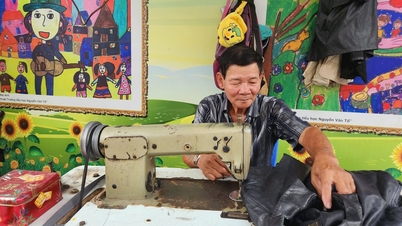




























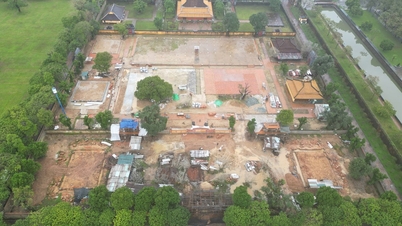





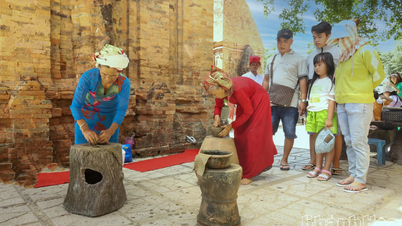













































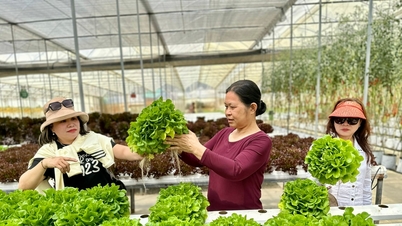


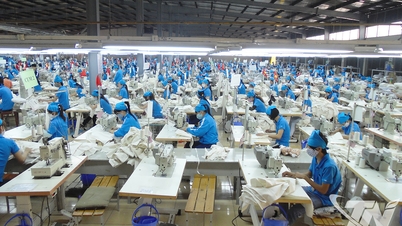



















Comment (0)